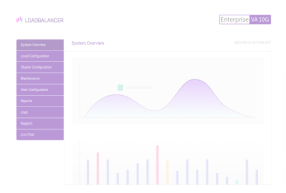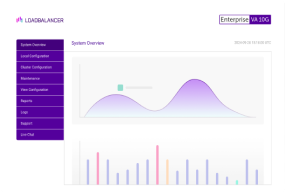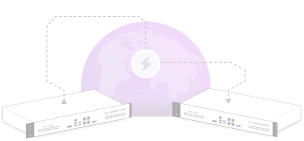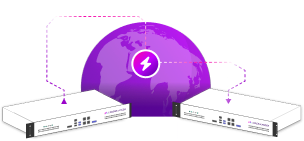Load balancing Harmonic VOS
Benefits of load balancing Harmonic VOS
Load balancing the Harmonic VOS media processing and delivery platform provides the benefits of high availability, scalability, and optimized resource usage:
- High Availability (HA): Load balancing ensures that video services are always available and resilient to failures. Load balancing mechanisms are used to manage redundancy across the VOS microservices and underlying infrastructure. If one server or component fails (e.g., due to maintenance or a fault), the load balancer automatically redirects traffic to the remaining healthy resources. This seamless failover process ensures that video streams and media processing workflows remain uninterrupted, providing a fault-tolerant and highly reliable service for viewers and operators.
- Scalability: Load balancing Harmonic VOS allows the platform to scale dynamically in response to spikes in demand. It distributes incoming requests and processing tasks across multiple servers, preventing any single resource from becoming a bottleneck. This is crucial for video services, especially during major live events (like sports) when concurrent viewing spikes dramatically. The architecture allows for new compute resources (virtual machines or containers) to be added or removed easily on-demand, enabling cost-effective scaling up and down according to real-time traffic, whether deployed on-premises, in a private data center, or in a public cloud.
- Optimized resource usage: By intelligently distributing the workload, load balancing helps to maximize the efficiency of the compute resources. The load is spread evenly across all available servers, preventing any one server from being overloaded while others sit idle. This helps maintain stable, optimal performance and faster response times for all media processing tasks, such as encoding, transcoding, and playout. By ensuring resources are utilized effectively and scaling can be adjusted based on needs, load balancing also minimizes wasted compute capacity, leading to a more cost-efficient operation overall.
About Harmonic VOS Media Software
Harmonic VOS is a software platform designed to support video and media workloads, often used in broadcast and streaming environments.
VOS is essentially an integrated suite of tools and services for media processing, and it helps with tasks like encoding, transcoding, playout, and delivery of video content.
Why Loadbalancer.org for Harmonic VOS?
Loadbalancer’s intuitive Enterprise Application Delivery Controller (ADC) is designed to save time and money with a clever, not complex, WebUI.
Easily configure, deploy, manage, and maintain our Enterprise load balancer, reducing complexity and the risk of human error. For a difference you can see in just minutes.
And with WAF and GSLB included straight out-of-the-box, there’s no hidden costs, so the prices you see on our website are fully transparent.
More on what’s possible with Loadbalancer.org.
How to load balance Harmonic VOS
The load balancer can be deployed in four fundamental ways: Layer 4 DR mode, Layer 4 NAT mode, Layer 4 SNAT mode, and Layer 7 Reverse Proxy (Layer 7 SNAT mode).
For Harmonic VOS, Layer 4 DR and Layer 7 Reverse Proxy are recommended.
Virtual service (VIP) requirements
To provide load balancing and HA for RedHat OpenShift, the following VIPs are required:
| Ref. | VIP Name | Mode | Port(s) | Persistence Mode | Health Check |
|---|---|---|---|---|---|
| VIP 1 | Harmonic_Management | Layer 7 Reverse Proxy | 8080, 8443 | Source IP | HTTPS (GET) |
| VIP 2 | Harmonic_Traffic | Layer 4 DR | 1935, 554, 5000065535 | Source IP | HTTPS (GET) |
Load balancing deployment concept
Once the load balancer is deployed, clients connect to the Virtual Services (VIPs) rather than connecting directly to one of the Harmonic VOS servers. These connections are then load balanced across the Harmonic VOS servers to distribute the load according to the load balancing algorithm selected:
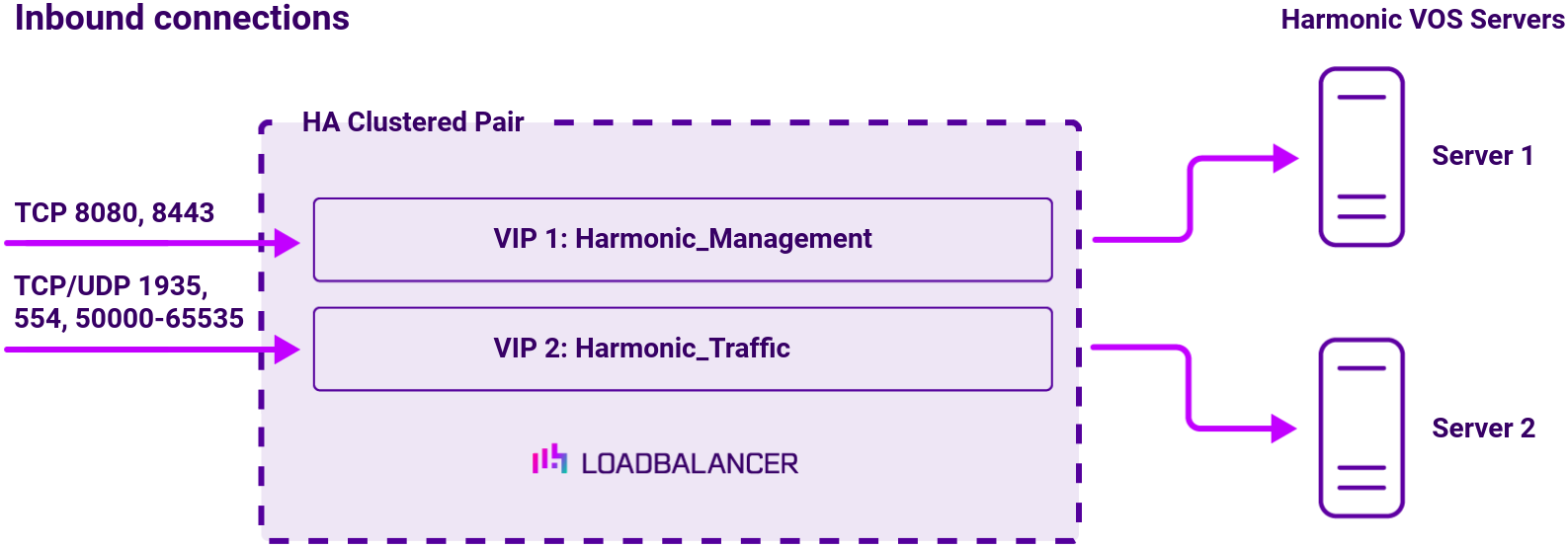
About Layer 4 DR mode load balancing
Layer 4 DR (Direct Routing) mode is a very high performance solution that requires little change to your existing infrastructure. The image below shows an example network diagram for this mode:
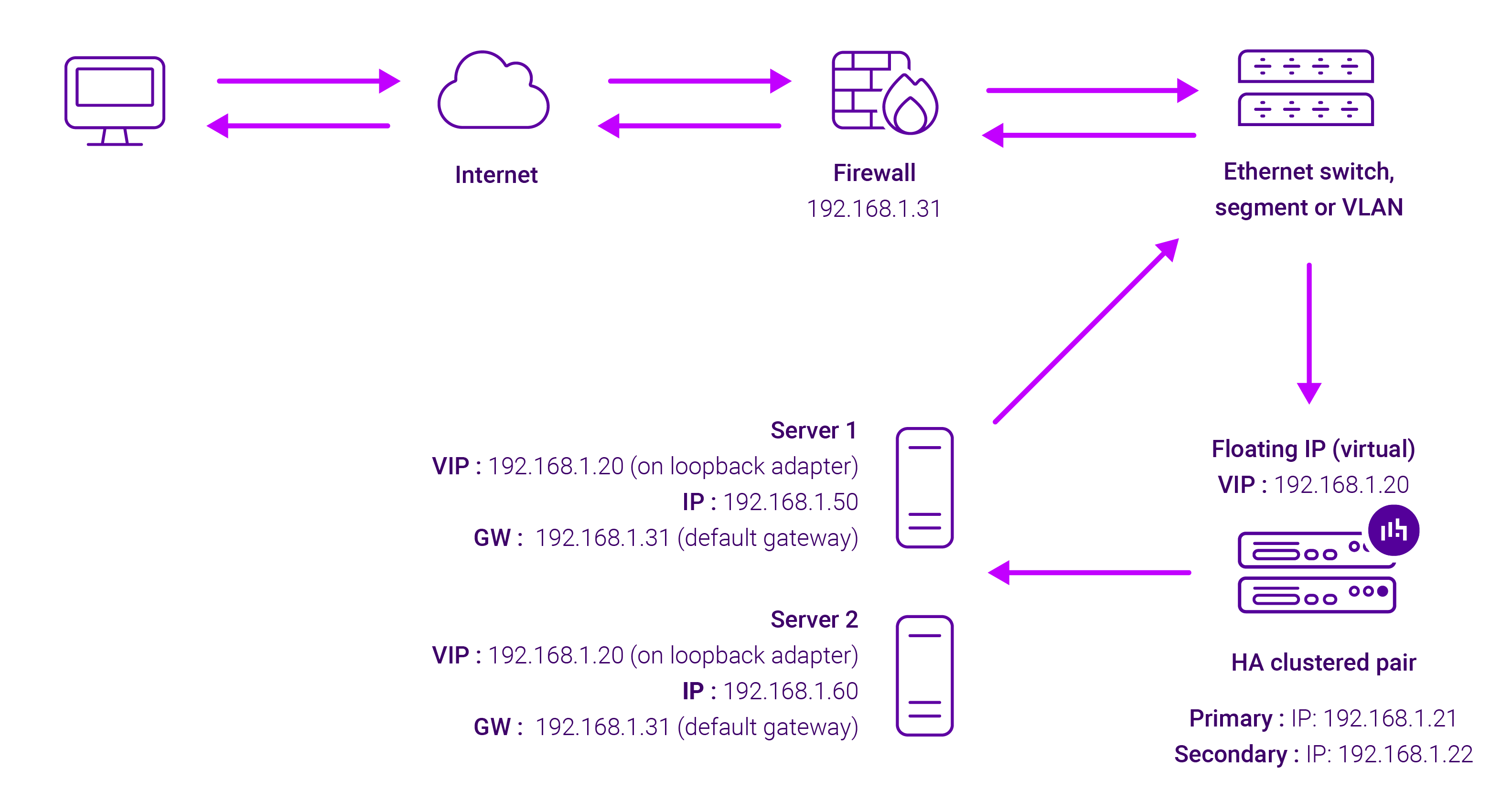
DR mode works by changing the destination MAC address of the incoming packet to match the selected Real Server on the fly which is very fast. When the packet reaches the Real Server it expects the Real Server to own the Virtual Services IP address (VIP). This means that you need to ensure that the Real Server (and the load balanced application) respond to both the Real Server’s own IP address and the VIP. The Real Servers should not respond to ARP requests for the VIP. Only the load balancer should do this. Configuring the Real Servers in this way is referred to as Solving the ARP Problem. On average, DR mode is 8 times quicker than NAT for HTTP, 50 times quicker for Terminal Services and much, much faster for streaming media or FTP.
The load balancer must have an Interface in the same subnet as the Real Servers to ensure Layer 2 connectivity required for DR mode to work. The VIP can be brought up on the same subnet as the Real Servers, or on a different subnet provided that the load balancer has an interface in that subnet. Note that port translation is not possible with DR mode, e.g. VIP:80 → RIP:8080 is not supported, and DR mode is transparent i.e. the Real Server will see the source IP address of the client.
About Layer 7 Reverse Proxy load balancing
Layer 7 Reverse Proxy uses a proxy (HAProxy) at the application layer. Inbound requests are terminated on the load balancer and HAProxy generates a new corresponding request to the chosen Real Server. As a result, Layer 7 is typically not as fast as the Layer 4 methods. Layer 7 is typically chosen when either enhanced options such as SSL termination, cookie based persistence, URL rewriting, header insertion/deletion etc. are required, or when the network topology prohibits the use of the Layer 4 methods.
The image below shows an example Layer 7 Reverse Proxy network diagram:
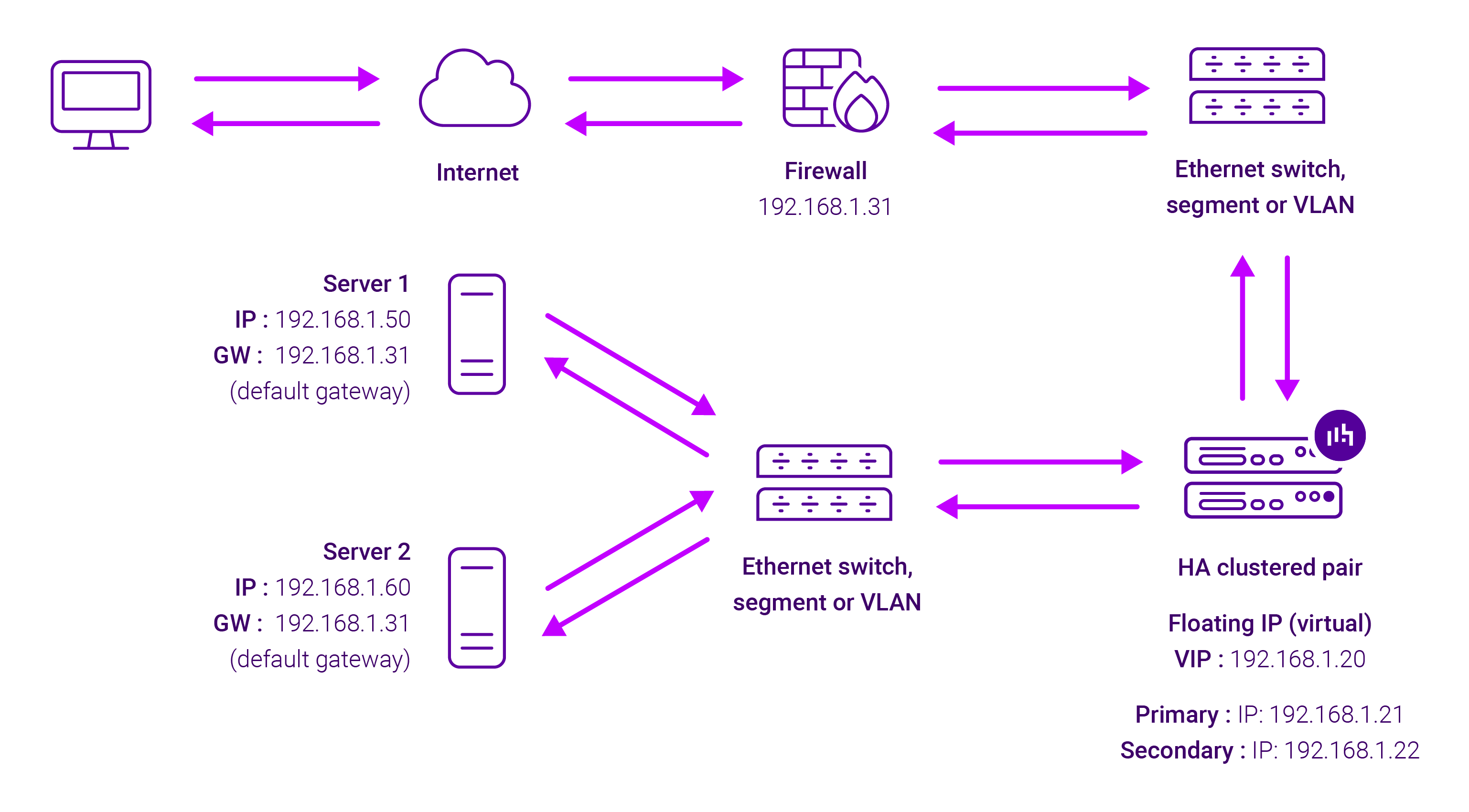
Because Layer 7 Reverse Proxy is a full proxy, Real Servers in the cluster can be on any accessible network including across the Internet or WAN.
Layer 7 Reverse Proxy is not transparent by default, i.e. the Real Servers will not see the source IP address of the client, they will see the load balancer’s own IP address by default, or any other local appliance IP address if preferred (e.g. the VIP address).
This can be configured per Layer 7 VIP. If required, the load balancer can be configured to provide the actual client IP address to the Real Servers in 2 ways. Either by inserting a header that contains the client’s source IP address, or by modifying the Source Address field of the IP packets and replacing the IP address of the load balancer with the IP address of the client. For more information on these methods, please refer to Transparency at Layer 7 in the Enterprise Admin Manual.









